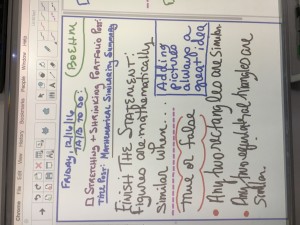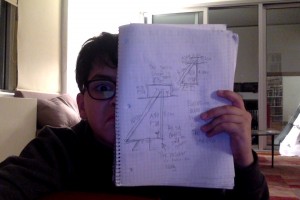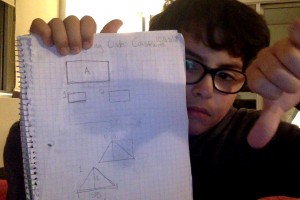Book Talk
NASA lied to us, but it wasn’t about the moon landing. In the book Armada, by Ernest Cline, published July 4, 2015, you will question if we are alone. In Armada, we meet high school senior, Zack Lightman. He lives with his mom in Oregon while they both get over the death of Zach’s father, Ulysses, who apparently died in a freak accident. Zack balances being a senior and working part time at a video game store called Star Base Ace. His boss/friend Ray has always been there and would go to the moon and back for Zack, and he has. Zach trusts Ray, which turns out to get him in a lot of trouble. Zach hates school, but he tries to focus in class, and not let his anger issues get the best of him. He wants to end high school on a strong note. He plays the universally loved video game, Armada, going by the player name IronBeagle. The game is a space simulator where people can play in missions to defeat fake aliens. He plays with his friends Diehl and Cruz, and with the help of Ray, is number six in the world. Zach has seen some weird things recently. He could have sworn he saw a UFO pass by the window at school. Just when he thinks he’s lost it, it happens: a spaceship arrives and takes him to space, where he finds good friends and his idol. If that wasn’t enough, Zach finds out aliens are real and NASA has been hiding it for years. He becomes a pilot for this space organization and takes off into battle. The world falls to pieces in front of his eyes. Zach has to go head first into battle, save the world, (what’s left of it) and make sure he lives to tell the tale, and you will feel as if you are flying one of the battle ships too. But regardless of what he does, the battle scenes are chaotic, violent, heartbreaking at times, and a little comedic.
‘ “Shit! Shit-shit-shit!” we heard Shin yell. “Here they come, Milo! Brace yourself!”
“Come get some!” I heard Milo shouting, his voice strangely gleeful. I could hear the sound of him rapidly firing his QComm’s wrist laser. “Who wants some? From hell’s heart I stab at thee, assholes! By Grabthar’s hammer, you shall-” Milo’s voice was drowned out by another series of massive explosions, followed by what sounded like a hailstorm of incoming enemy fire, and by the terrible hurricane-like howl of the Thunderdome being breached and depressurized, as its atmosphere-and everything else inside-was sucked up and out into the dark vacuum outside on the lunar surface. But the silence that followed was somehow even worse.’ Zach has to go into a war that takes some people years to prepare for, and Zach only has one day. Can you imagine if you were sent to go fight a war today? I would crack under the pressure. What would you do? Think about that. Ernest Cline normally has his characters under extreme pressure, and Armada is no exception. This quote shows all the emotions of the battle. The quote also reflects on the extreme chaos and rising action that motivates Zack to save the world. Can a teenage gamer with no preparation and only experience of war is in a video game step up and save the world?
This book is full of old references, and just saying, there is an album for the book. Name one other book that has an album. You can’t, which shows the pure awesomeness of the book. Ernest Cline’s books are oddly relatable. Even though you won’t find yourself fighting aliens in a spaceship one day, (I hope) the characters normal lives reflect on our lives, and how we perceive the world. I recommend this book to people who like action, emotion, and a little bit of romance. If you like the books, Ender’s Game, anything Star Wars related, the Leviathan series, Ready Player One, and The Martian Chronicles, then this thriller will keep you and the edge of your seat and will change your outlook on the “universe’s” biggest question: Are we alone?



